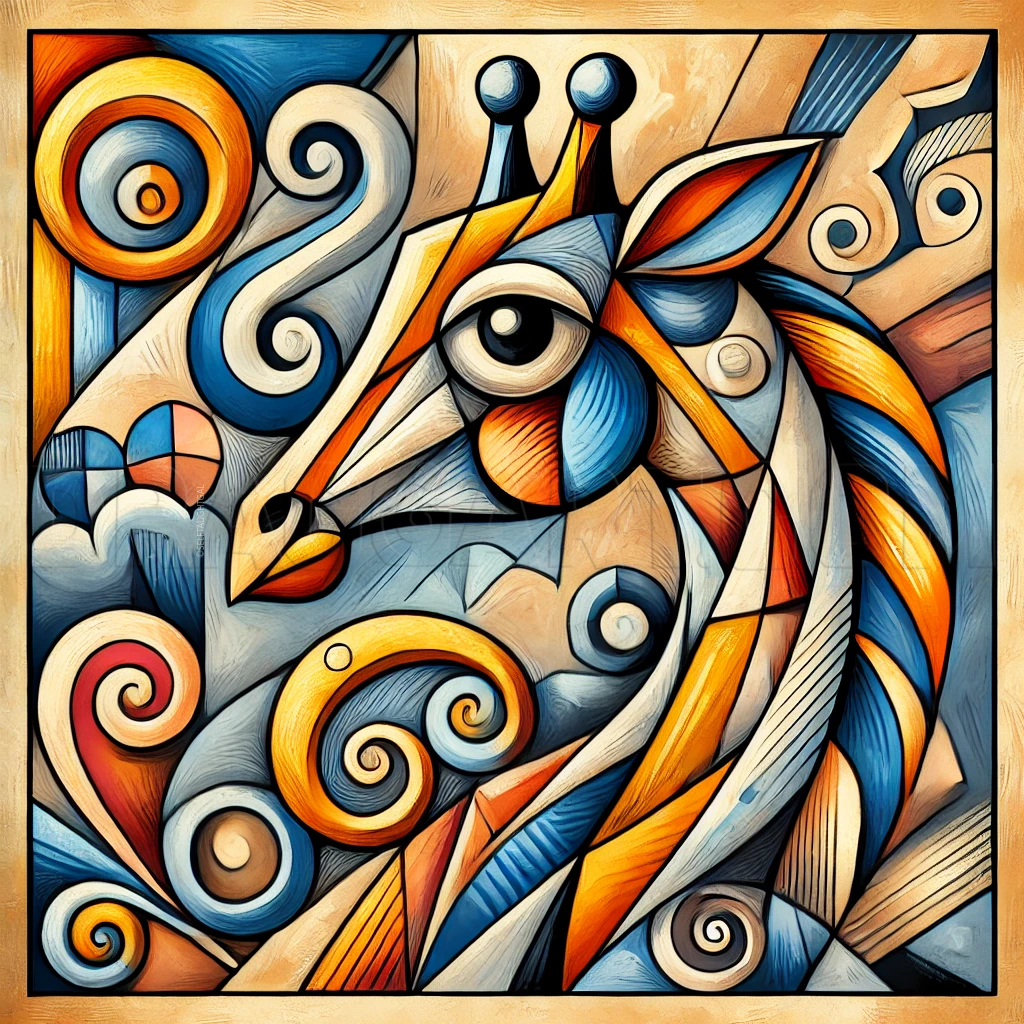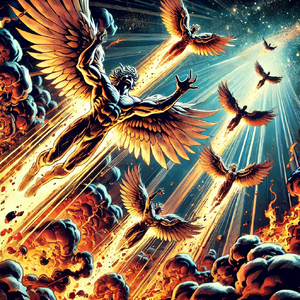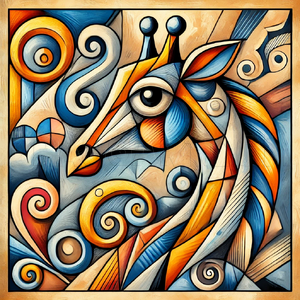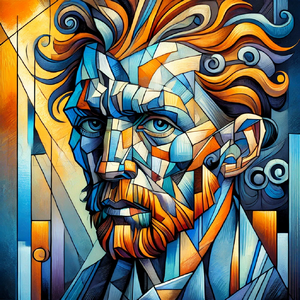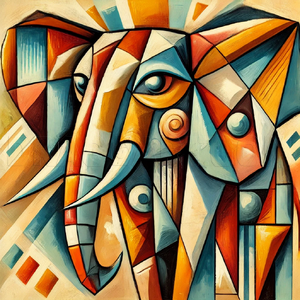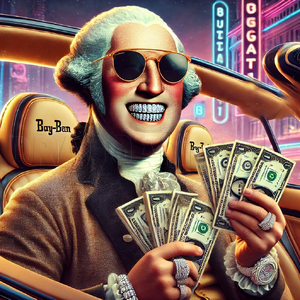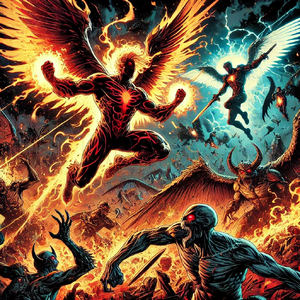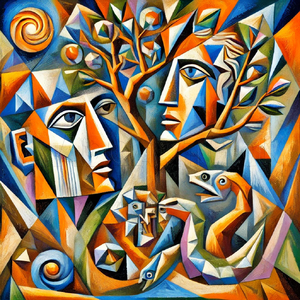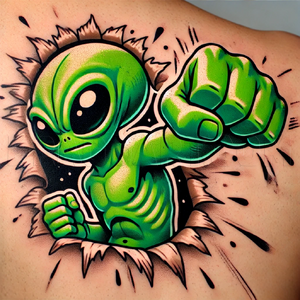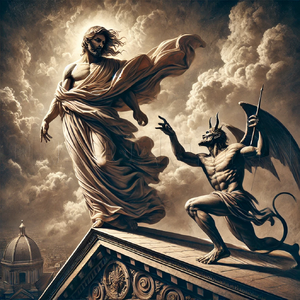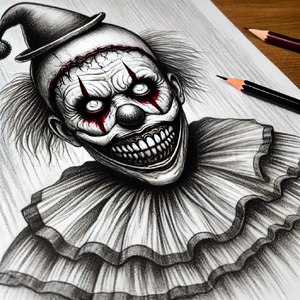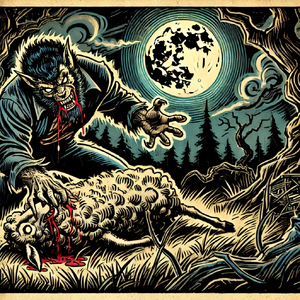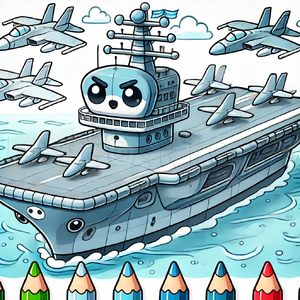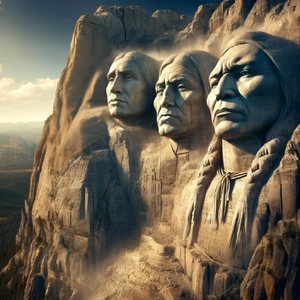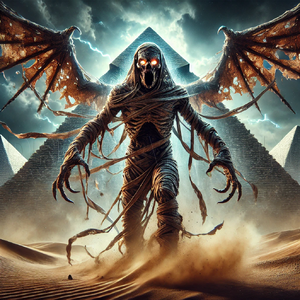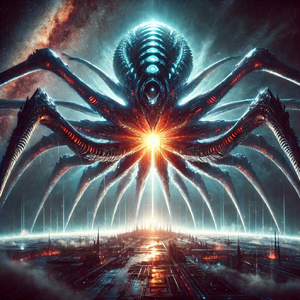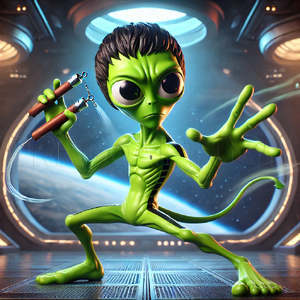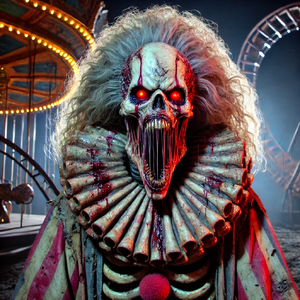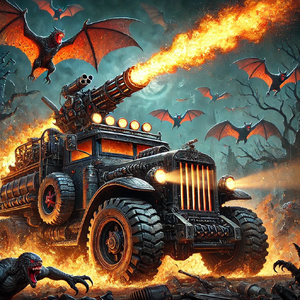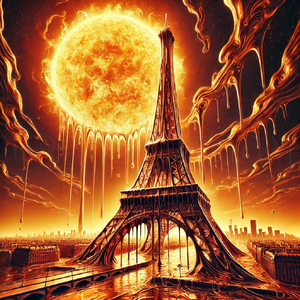Comments 0
Details
February 23, 2025
A.I. Generated
Pablo Picasso saw animals not as mere subjects but as vessels of raw energy, movement, and primal expression. In his hands, a bull was not just a bull—it was a force of nature, a symbol of power and struggle, fragmented and reassembled into a creature beyond the constraints of realism. His animals pulsed with the same restless energy that defined his human figures, their forms twisted and rearranged in ways that defied convention yet somehow captured their true essence. Picasso’s approach to painting animals reflected his ability to see beyond surface appearances. He distilled their spirit through Cubism, breaking them into sharp angles and dynamic forms, while in his later works, his lines became fluid, as if sketching the movement itself rather than the creature. From the iconic bulls and horses of Guernica to the whimsical doves of his later years, Picasso infused his animal subjects with emotion, history, and metaphor. To Picasso, painting animals was not about imitation—it was about revelation. He sought to show what was felt rather than what was seen, making each brushstroke a testament to the wild, uncontainable soul of the creatures he so masterfully depicted.
